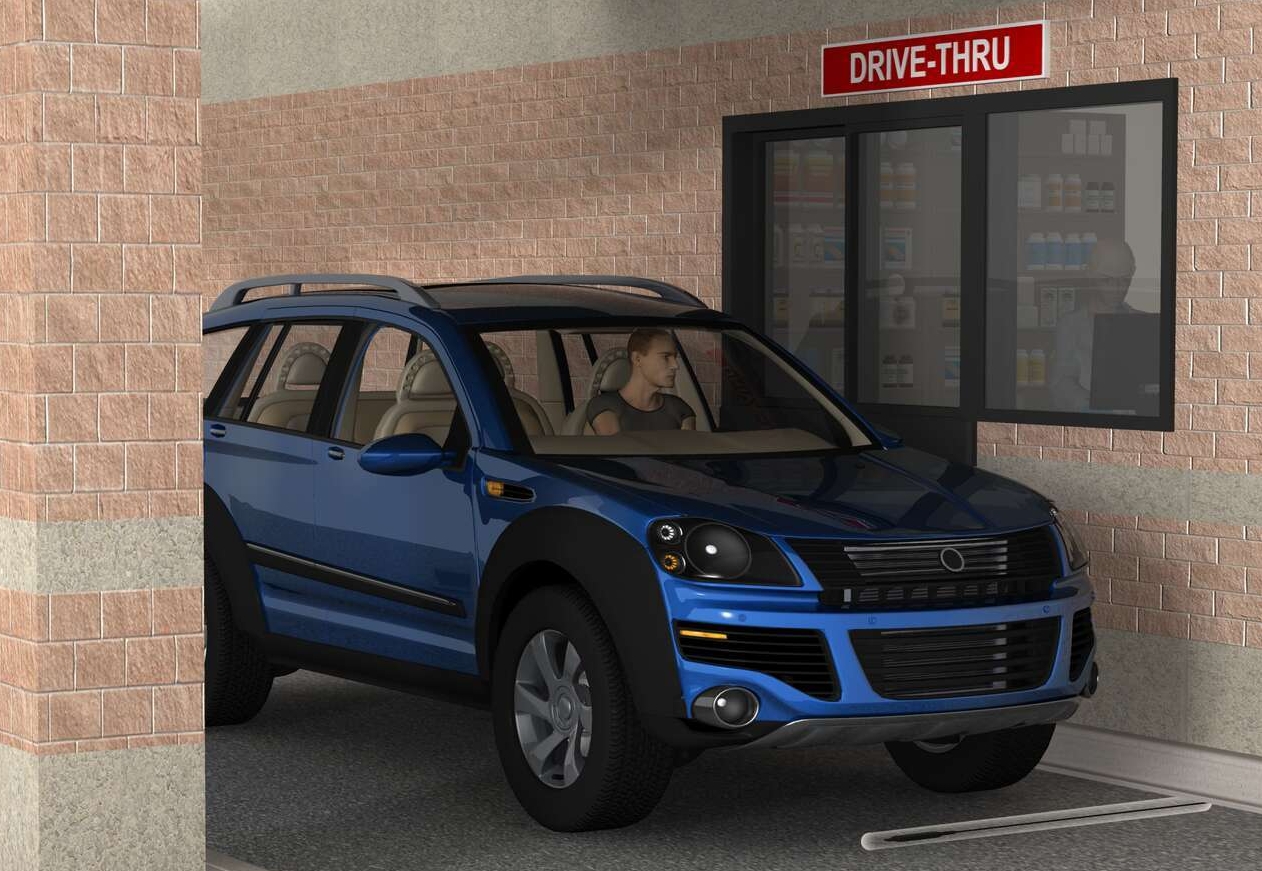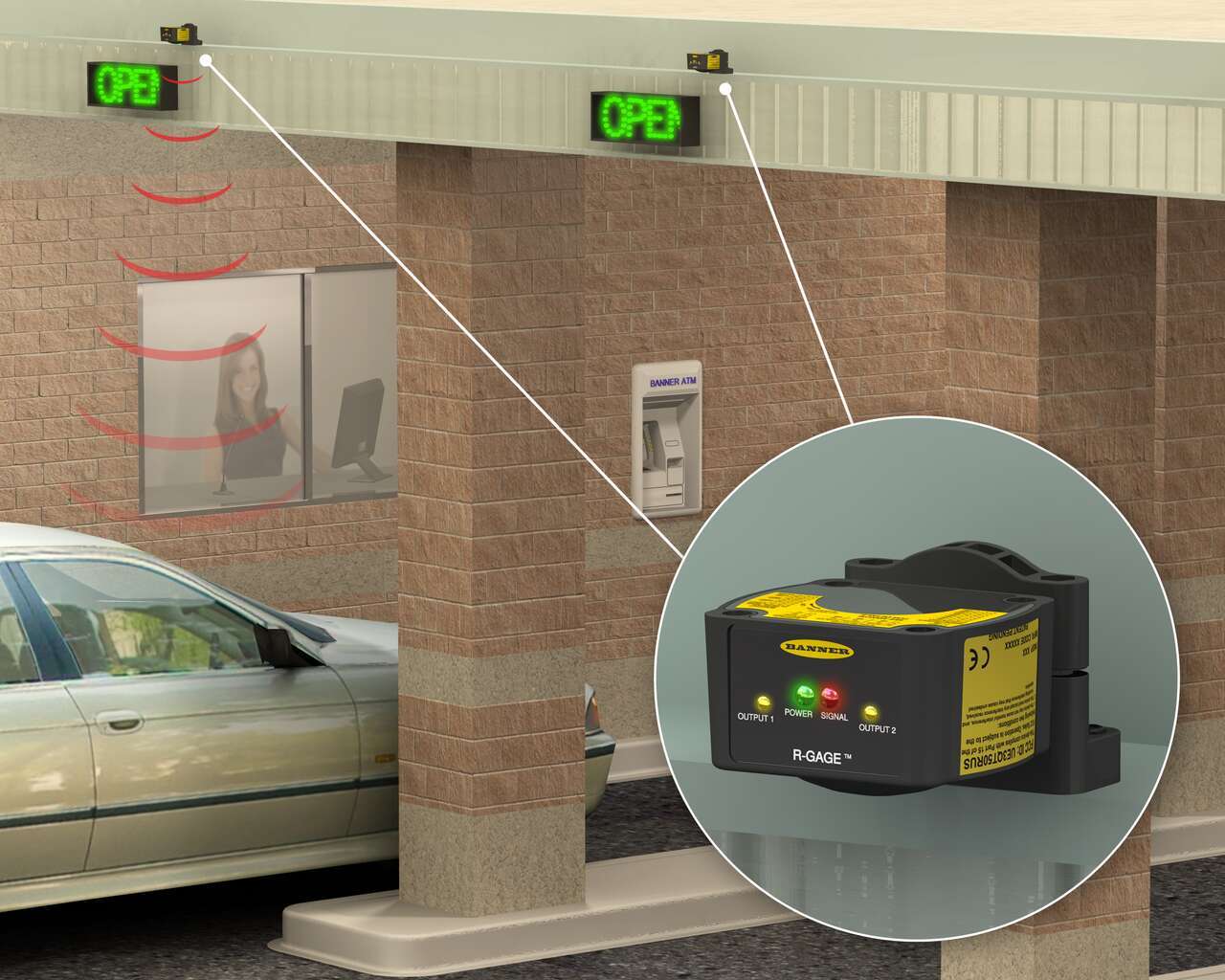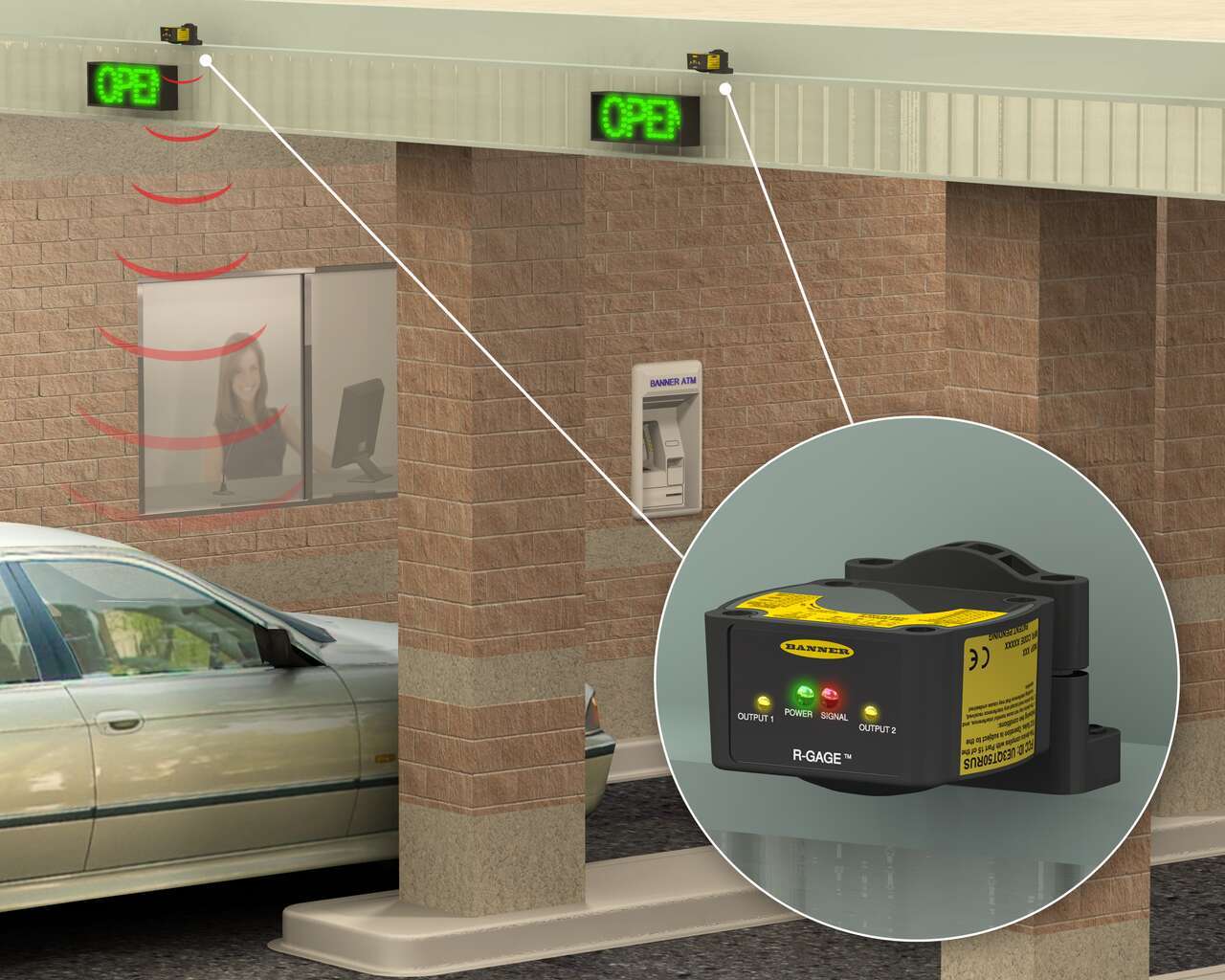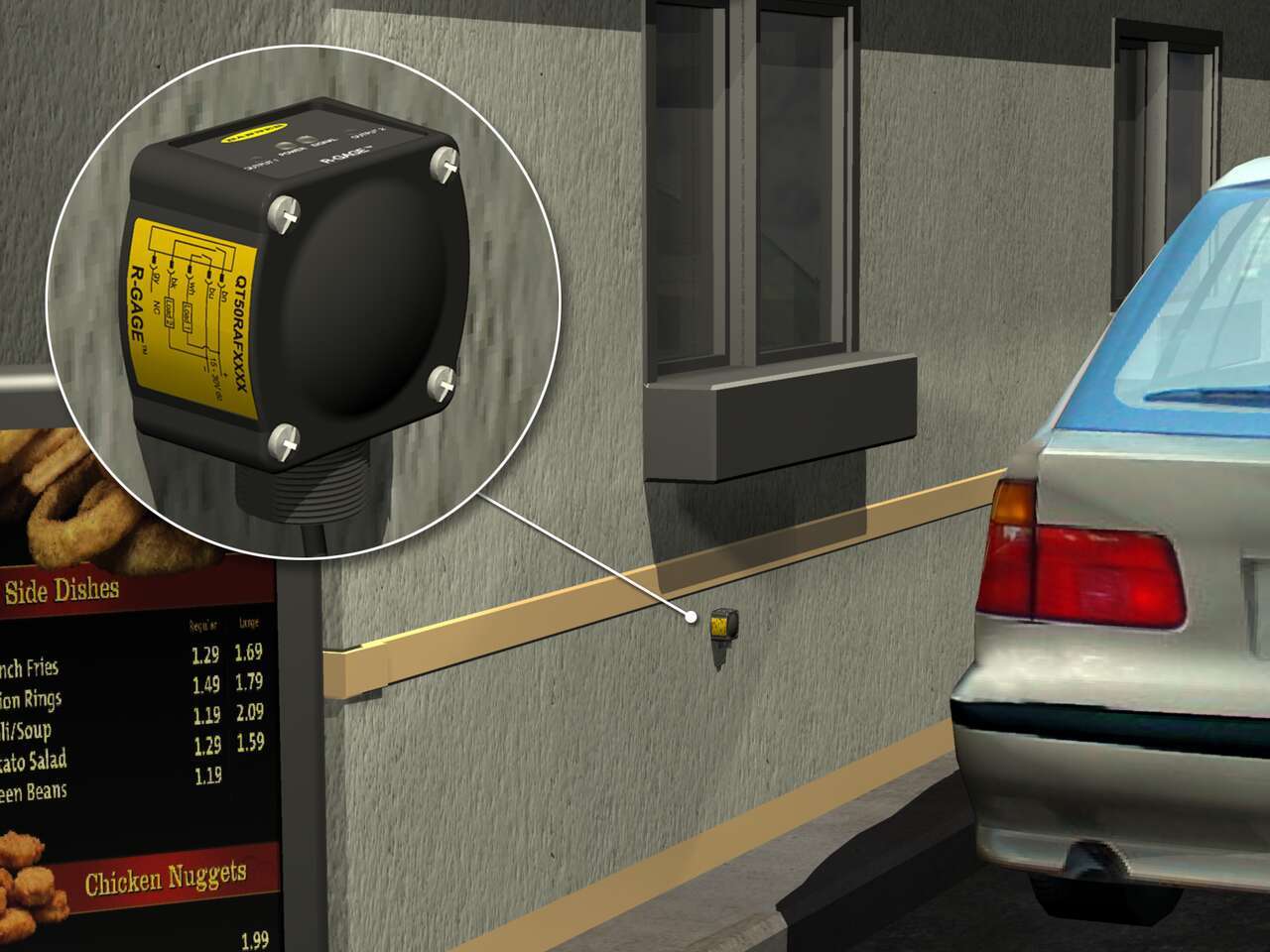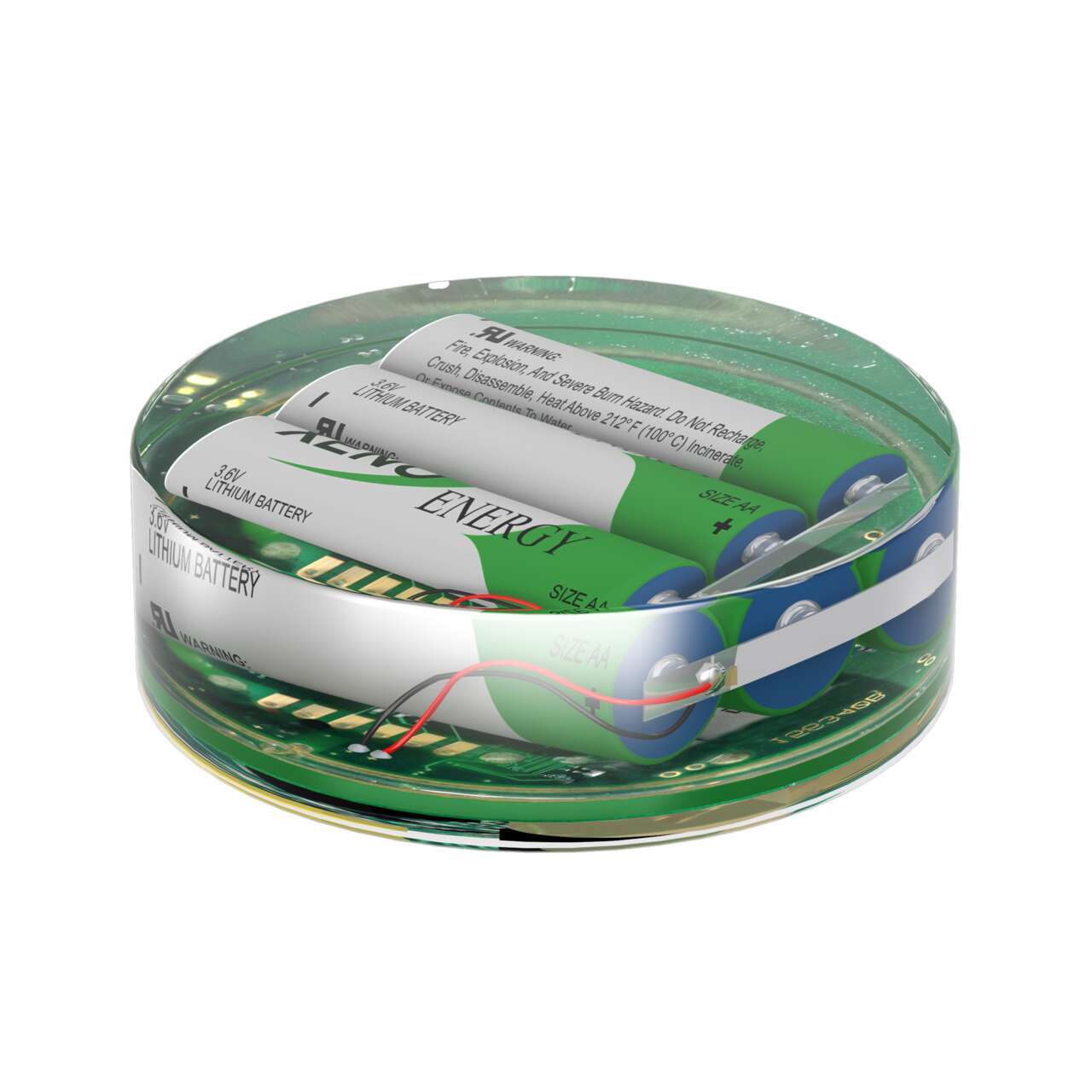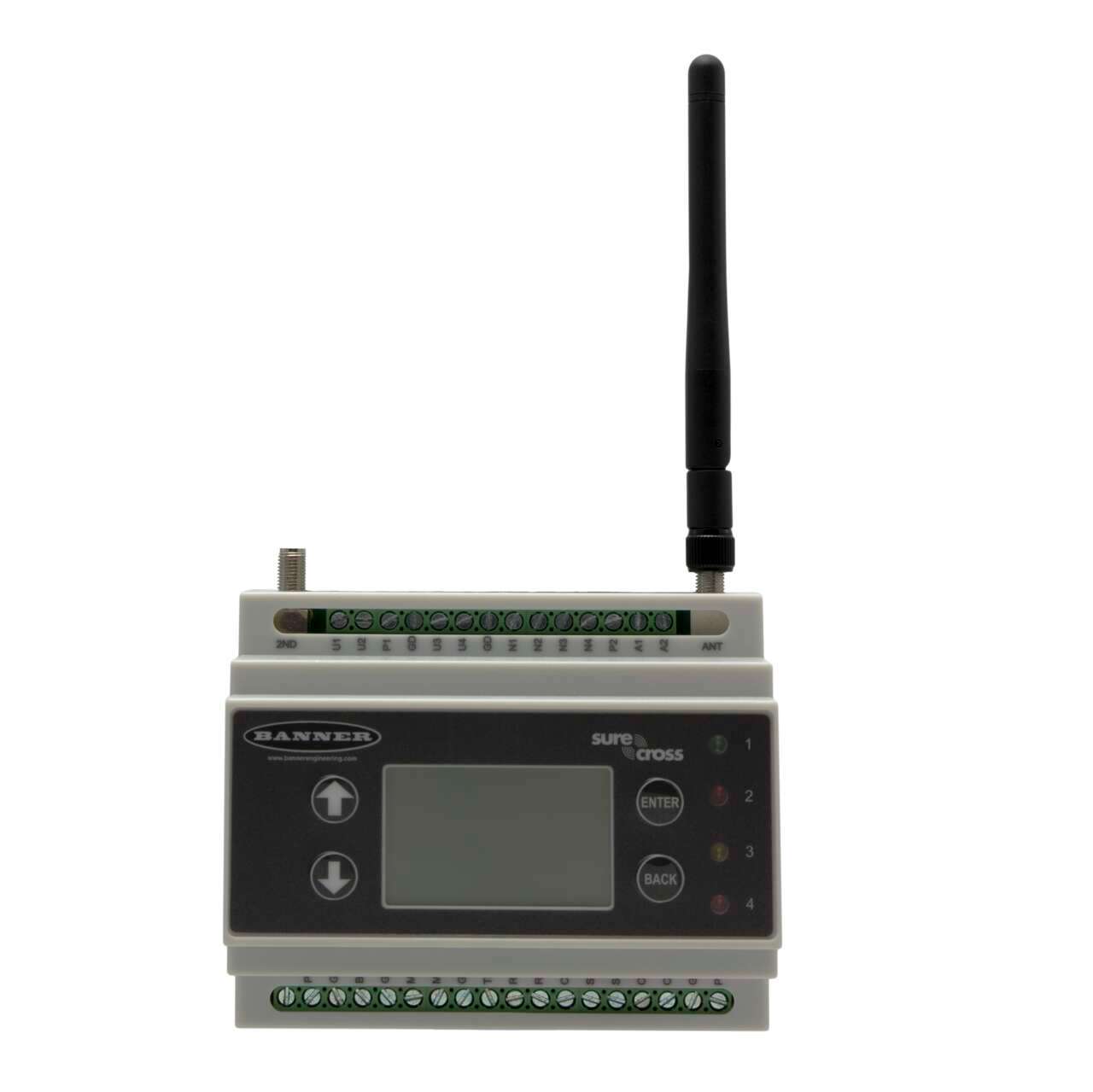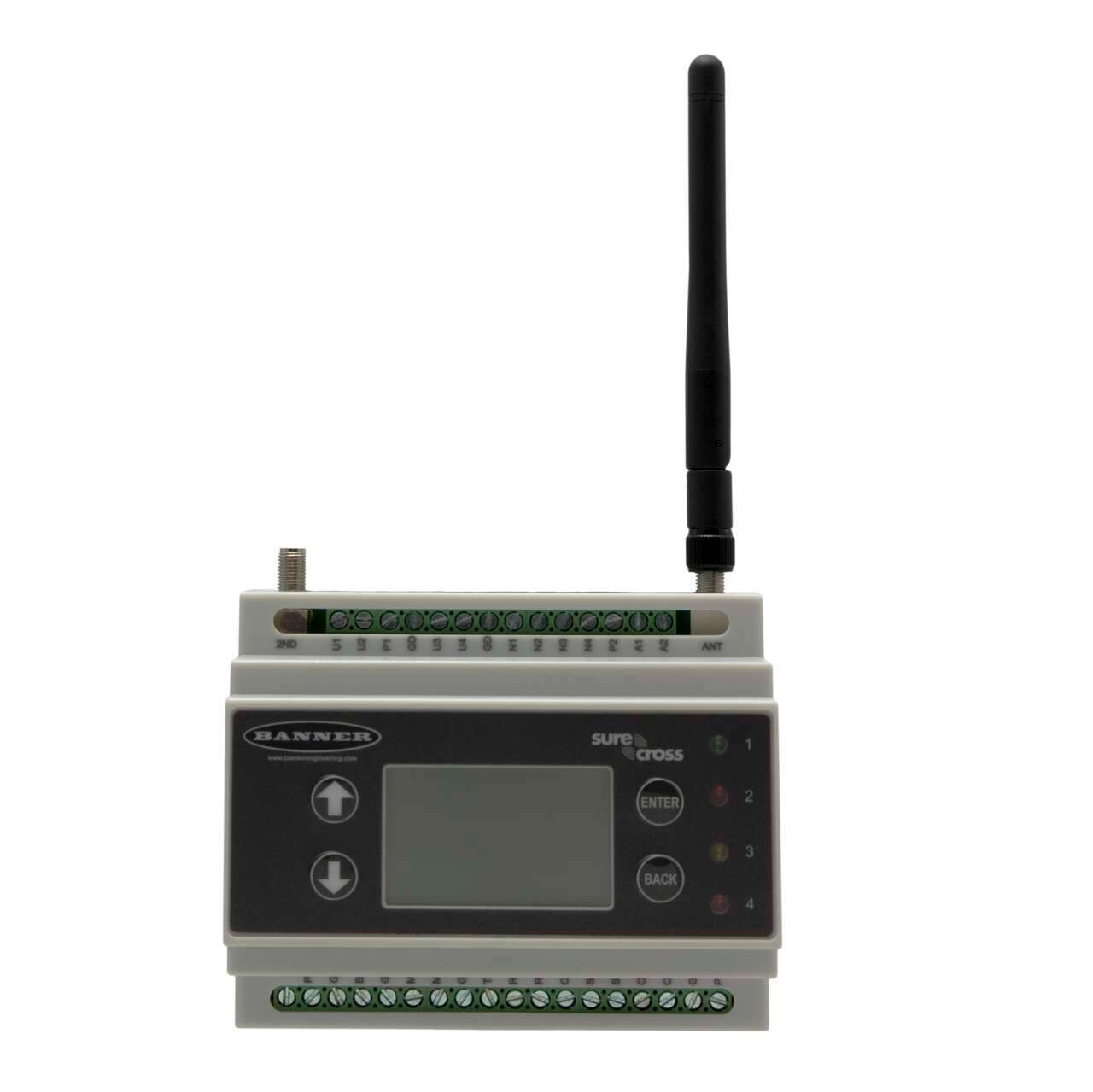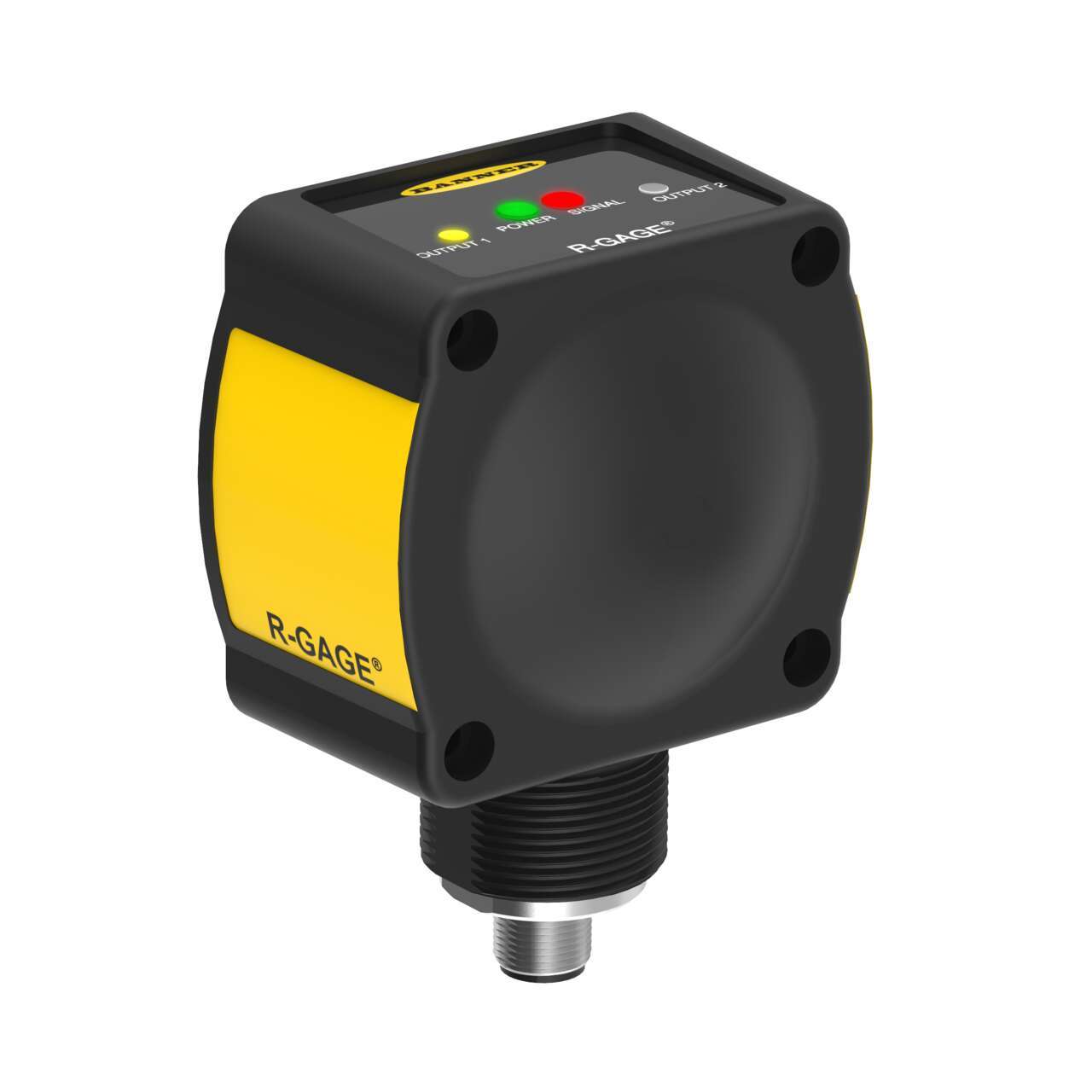Drive Thru Vehicle Detection and Monitoring
Improve Customer Experience and Maximize Profits
Drive thru applications require reliable vehicle detection to alert employees to a customer’s presence at a window, count the number of cars passing through, monitor time spent in the drive thru, and more.
By increasing efficiency and facilitating a better customer experiece, vehicle detection solutions not only save costs but also maximize revenue.
Inductive loops have traditionally been a common vehicle detection technology for drive thru applications. However, inductive loop systems require large sections of pavement or brickwork to be damaged and removed for installation and repairs, which can lead to lengthy downtime.
Radar is another technology that can be used for drive thru vehicle detection. Radar sensors are immune to weather conditions, making it an excellent option for outdoor deployments at drive thru businesses.
Wireless magnetometers are an excellent choice when wired technology is impractical. Wireless magnetometers can be installed above or below grade, and even below grade installations are minimally invasive, requiring only a small 3-inch diameter hole in the concrete for each sensor location.
Keep reading to learn how these technologies solve common drive thru vehicle detection challenges; or contact an engineer to discuss your specific application.
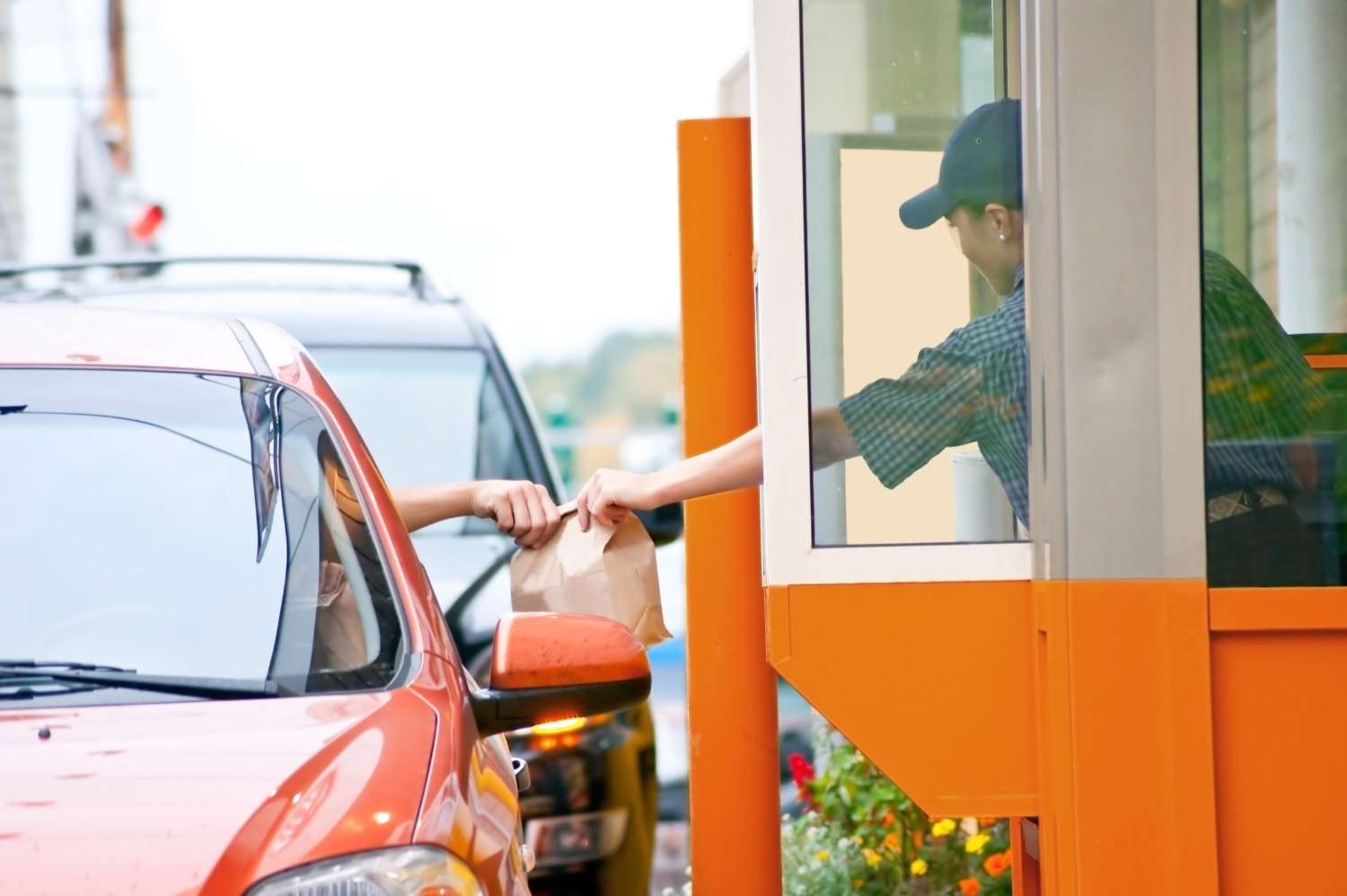



Vehicle Detection at a Quick Serve Restaurant
Fast food restaurants rely heavily on their drive-thru service, and they earn much of their revenue from drive-thru sales. Streamlining the drive-thru process in quick serve restaurants (QSR) can increase revenue and improve customer satisfaction.
By combining wireless vehicle detection sensors with an analytical software platform, restaurants can track the speed of service and compare drive-thru times at multiple locations. This visibility enables managers to identify where bottlenecks occur, and it allows stores to compete to improve their drive-thru service.
Vehicle Detection at a Bank Drive Thru
In applications where staff may be away from the drive thru window for periods of time, a vehicle detection solution can be used to alert staff when a customer is present. For example, bank tellers working the drive-up windows must be aware when a vehicle is present in order to optimize customer service.
Radar sensors use Frequency Modulated Continuous Wave Radar (FMCW) to detect both stationary and moving vehicles. In the application pictured to the right, a radar sensor is mounted to the drive-through overhang and is configured to detect the pavement.
When a vehicle blocks the beam, the sensor’s output switches and a signal is sent to the bank workers, alerting them of the presence of the vehicle to ensure timely service and minimal wait times for customers.
Vehicle Detection and Counting at a Drive Thru
In addition to triggering a signal that a customer is present, radar sensors can also be used to count the number of vehicles that pass through the drive thru each day. This provides valuable information on peak drive thru days and times to facilitate data-driven staffing decisions.
The radar sensor's vehicle detection, business indication, and count functions help restaurants efficiently respond to drive-thru customers, measure drive-thru demand, and manage drive-thru operations.
Wireless Magnetometers for Vehicle Detection
Il sensore M-GAGE utilizza la tecnologia di rilevamento passivo per rilevare oggetti ferrosi di grandi dimensioni, come i veicoli a motore. Il sensore M-GAGE rappresenta una valida alternativa a sistemi a spira induttiva e non richiede un modulo di controllo esterno.
- Progettato per minimizzare gli effetti dovuti alle variazioni di temperatura e alla fluttuazione dei campi magnetici
- Il sensore apprende le condizioni ambientali e memorizza le impostazioni in un supporto non volatile
- Tecnologia FlexPower alimentata da una singola batteria al litio integrata nella custodia
- Trasmettitori-ricevitori per la comunicazione bidirezionale tra gateway e nodo, compresa la trasmissione di dati con conferma
- La custodia completamente integrata e sigillata contiene la batteria, il sensore e l'antenna, per una soluzione completamene wireless
Wireless Controller
I moduli di controllo wireless industriali serie DXM sono progettati per facilitare la connettività Ethernet e l'installazione di applicazioni IIoT (Industrial Internet of Things).
- Dispositivi radio ISM disponibili nella banda 900 MHz e 2,4 GHz per la rete locale wireless
- Converte Modbus RTU in Modbus TCP/IP o Ethernet I/P
- I moduli di controllo logici possono essere programmati utilizzando regole e metodi a linguaggio testuale
- Scheda micro SD per la registrazione dei dati
- Avvisi e-mail e testuali
- Modem per connettività cellulare
Radar Sensor
Sensori radar ad alta sensibilità, ideali per funzioni anticollisione a bordo di macchinari mobili, quali reach stacker, carrelli elevatori e veicoli da miniera.
- Il radar FMCW (True-Presence) di quarta generazione è in grado di rilevare oggetti fissi e mobili
- Elevata sensibilità e portata maggiore
- Campo di misura regolabile: ignora gli oggetti posti oltre il setpoint
- Impostazione e configurazione facili dei parametri di portata, sensibilità e uscita grazie a DIP switch semplici da usare
- Le funzioni di rilevamento non sono influenzate da vento, pioggia, neve, nebbia, umidità, temperatura dell'aria o luce
- Il sensore funziona nella banda di telecomunicazione ISM (Industrial, Scientific, and Medical) e non è richiesta alcuna licenza speciale
- Custodia robusta con grado di protezione IP67, adatta per condizioni ambientali ostili
